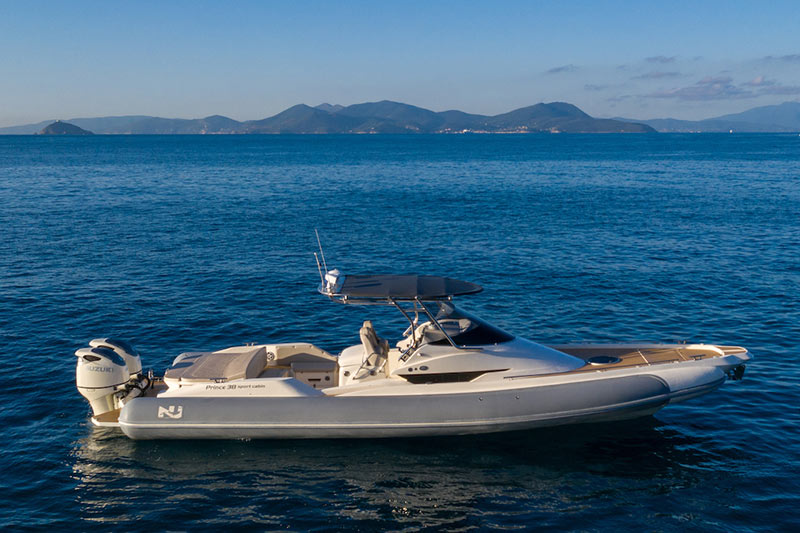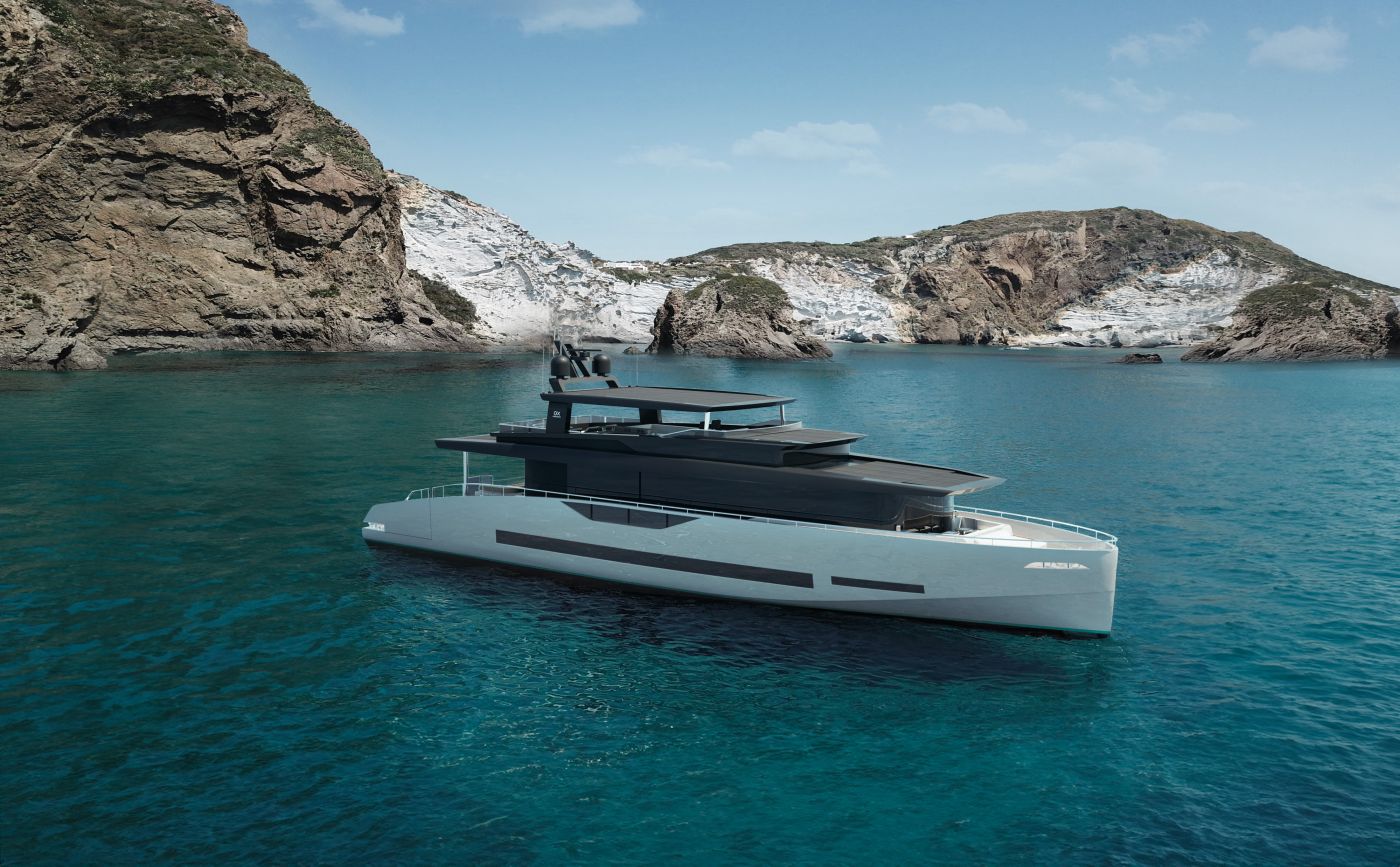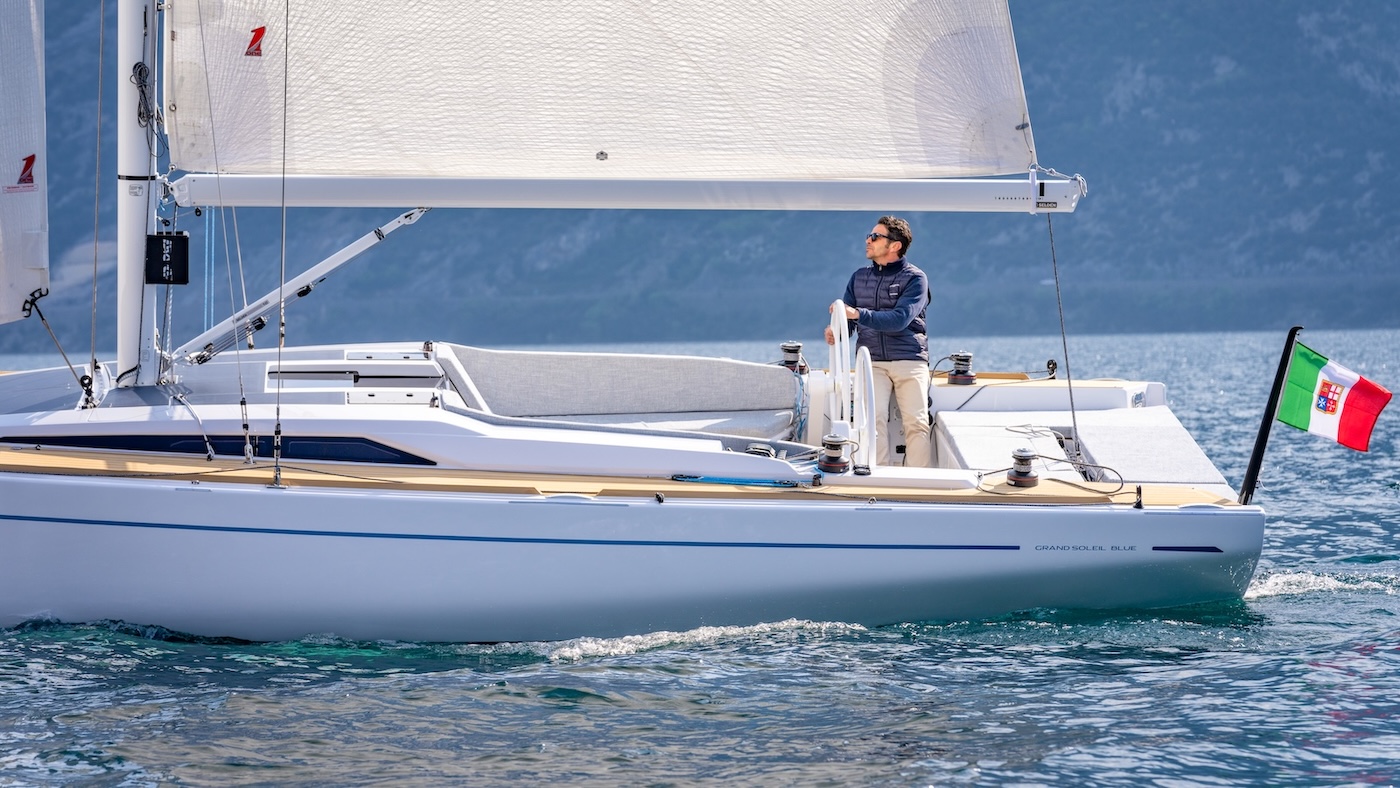Guide to RIB Tubes Maintenance : tips to avoid common mistakes
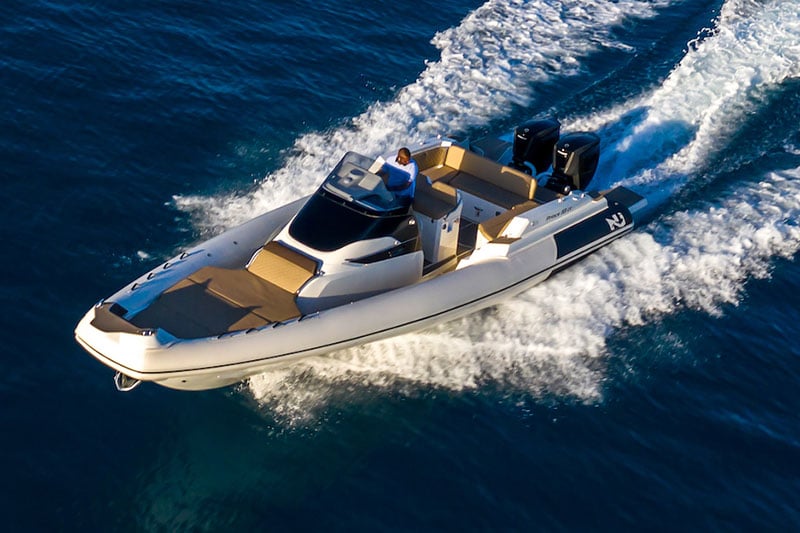
If it is not an exact science, it’s very close to that. Tubes maintenance requires scrupulous care and an almost scientific procedure that many RIB owners may have never taken into account, unless they realize, some years later, that their boat is certainly not as flawless and sparkling as when it had left the shipyard for the first time.
Obviously water, especially the sea one, with its corrosive force and external agents, inevitably contributes to deteriotating the already delicate fabric of the tubes.
That’s why a constant and proper maintence is essential if you want to keep your own RIB in good conditions over time.
In this regard, Antonio Aiello, Production Manager of Nuova Jolly Marine, the famous brand specialized in the manufacture of inflatable boats from 5 to 13 meters, explains how to methodically take care of the tubes, thus avoiding the most common and often irremediable mistakes.
Tubes washing
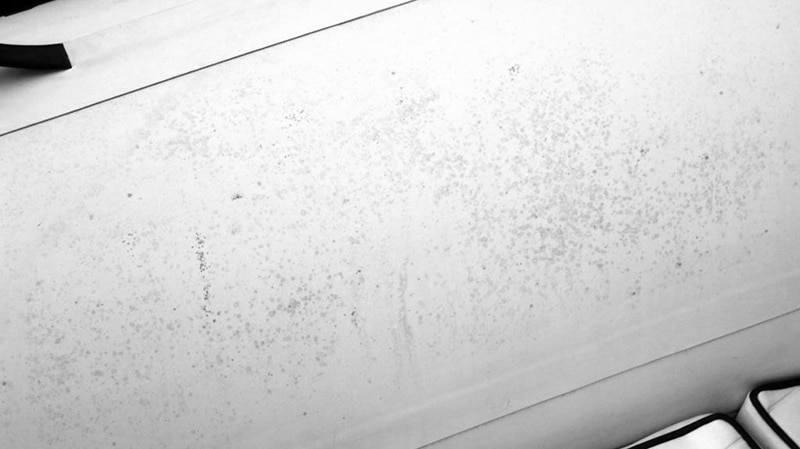
Mr. Aiello recommends the use of New Magic, a cleaner by Blue Marine specially designed for inflatable boats; however, even the well-known MA-FRA Shelly degreaser, available in all supermarkets, is fine for thorough cleaning.
Dry cleaning is essential because these products are more effective on dry rather than wet surfaces.
The procedure is as follows. Spray the pickling agent or degreaser on no more than 55 centimeters of tube material. Use a common pot sponge, yellow on one side and green on the other. With the yellow part, which is abrasive, rub on the very bright colors, such as yellow or orange, until a foam is obtained: this rubbing operation must be performed, centimeter by centimeter, on no more than half a meter of tube at a time.
After rubbing, dry the foam remove the dirt with some cotton cloths. Rinse the tubulars with a water pipe and repeat the operation from the beginning, always with the yellow part of the sponge. Use abundant water: this second rinse operation is used to eliminate any residues of the product used.
Cleaning of teak, fiberglass and steel parts
If teak is very dirty, use paper with 150 or 240 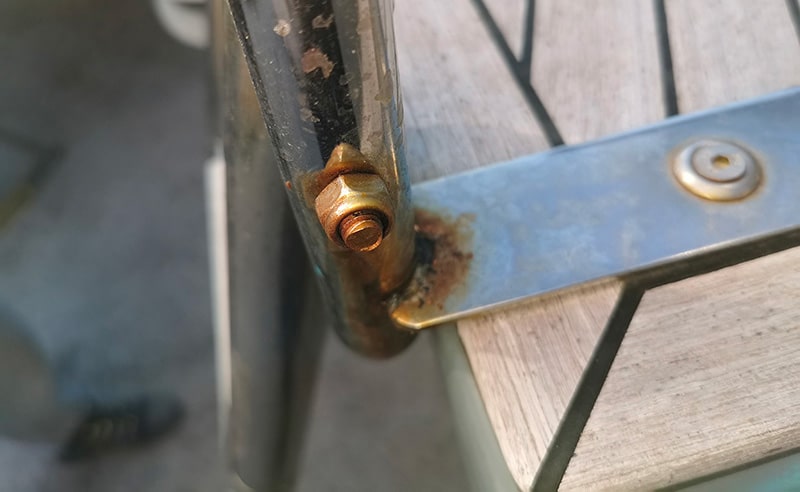
In order to remove the black stains or streaks that often form on the fiberglass parts or on the bilges, you have to use the same pickling agent, degreaser and the abrasive part of the sponge used for the tubes.
In this case, the surfaces to be cleaned can also be wet: they do not need to be perfectly dry before the operation.
Steel parts can have a patina that looks like rust: this, if it has consolidated consistently on the steel surface, can be removed with a common abrasive paste.
RIB Tubes Maintenance: how to remove mold
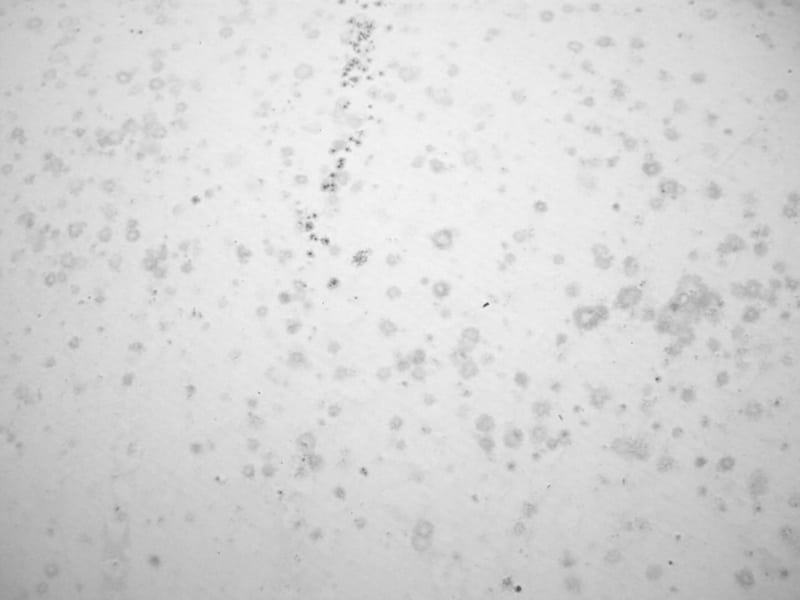
When the RIB is out of water, spray Smuffex evenly on the tube. Leave it to act for 20 minutes. Repeat these two steps three times.
With the green part of your sponge and equipped with latex gloves (Smuffex contains bleach), scratch centimeter by centimeter on the mold. Rinse thoroughly and apply some wax on the part treated.
If there are still some mold stains left, repeat the operation after a few days or a week, depending on the degree of mold generated on the tube.
There are several causes that lead to the expansion of the fungi, which often develop if the boat has been covered too long with a sheet through which not much air transpires, or stored in an area close to a steel plant or a landfill.
RIB Tubes Maintenance: how to repair unglued parts
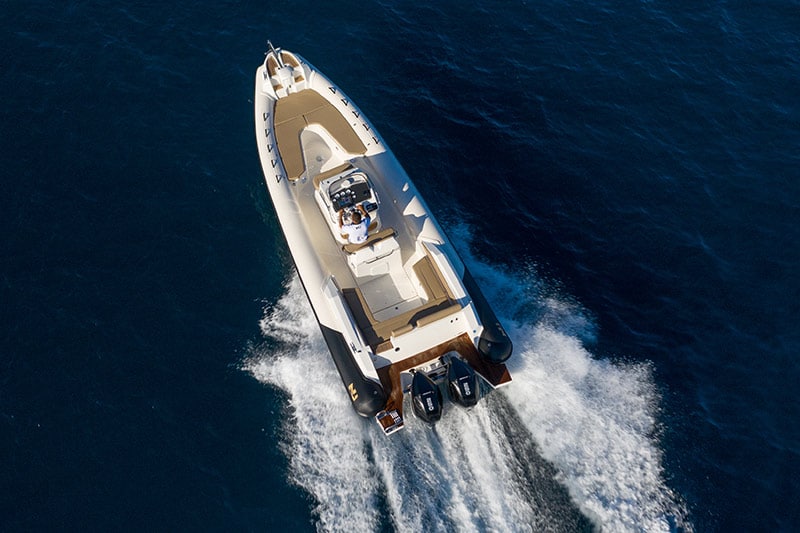
In order to repair any unglued parts on the joints of the tubes, a universal glue must be used: Bostick is particularly recommended.
Put some glue inside an empty jar, add 6/7% of catalyst (usually included in the glue package), shake with a brush and apply the glue on the unglued points, putting one scotch tape at the precise point where you are going to glue, in order to avoid dirtying the surrounding parts.
Scracth the low-cut part with some 80-grint paper. Clean with a thinner or a varnish remover and, if necessary, reapply the glue with a brush to reinforce fixing.
Wait 20 minutes and then apply a little more glue again, applying pressure on the joint that had come off, preferably with the help of a rounded and edgeless piece of wood to avoid scratching the tube.
During the construction of tubes, Antonio Aiello explaons, the overall fabric is cut into 7 sections: two stern sections, which make up the terminal cone; the oblong part of the tube, on the right and on the left, formed by the upper and lower part; and the bow section. On each of these pieces there are the joints destined for the various bondings.
The tube fabric, instead, consists of three layers: hypalon on the outside, the weave on the inside and neoprene under it. The weave is a fiber that, when the RIB is 1 or 2 years old, can fray. In order to burn and remove fraying from the joints, you can use an industrial hairdryer at about 500 degrees.
